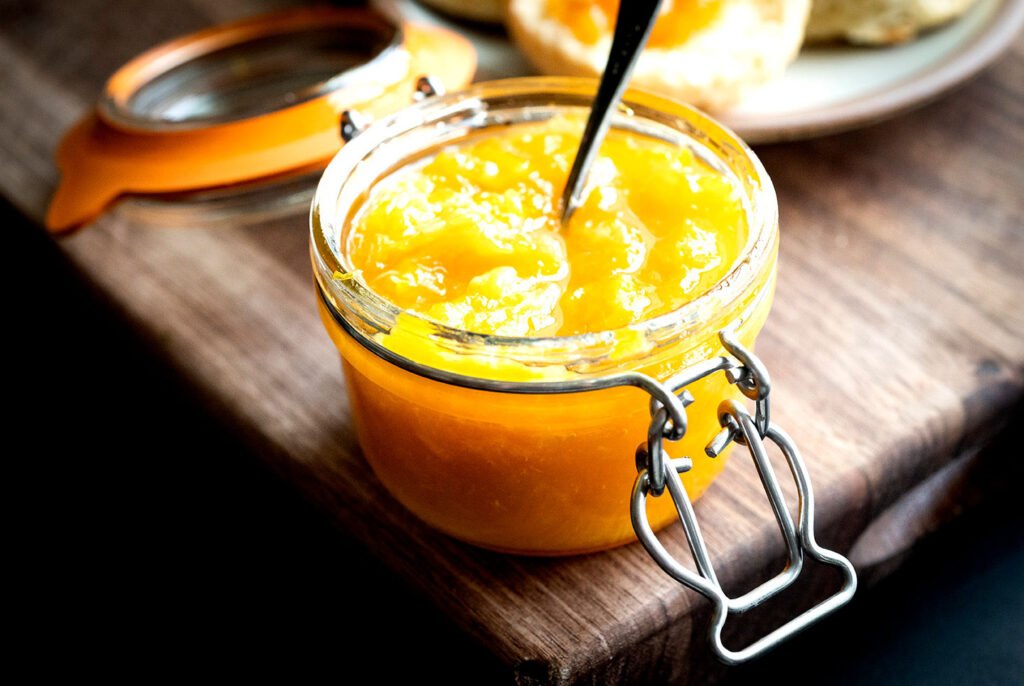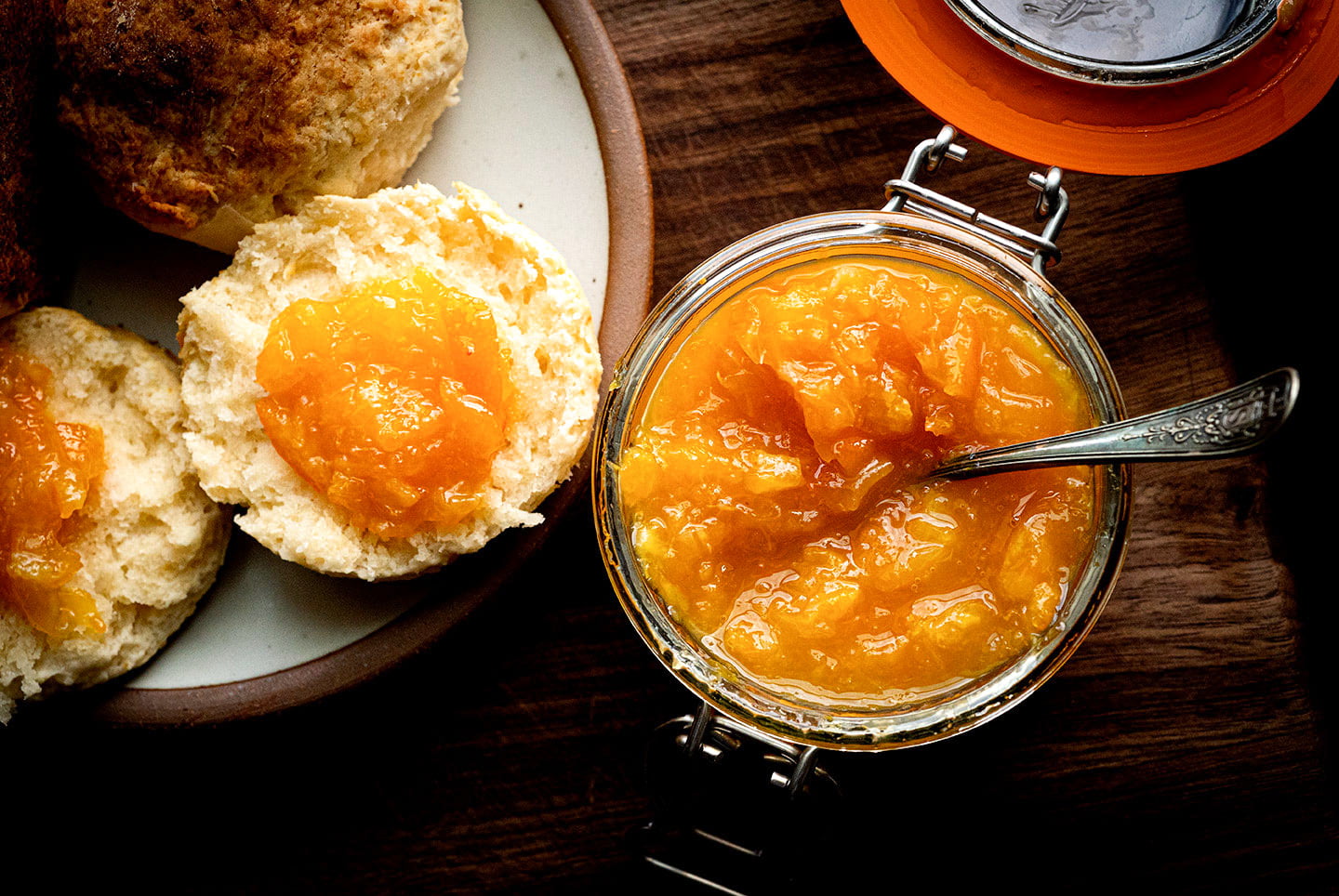Over the past few months I have met more people who prefer jam than I have ever met in my life. For example, I would visit and I would make a batch of biscuits, and when I put the pan down, I would ask what they wanted on their biscuit as I handed myself the honey. More than once, the answer was “marmalade,” with “duh!” unsaid. lingering after they spoke.
marmalade? I thought to my self. Who likes jam?
Of course, I never said it in so many terms, but I would question why they preferred it over jam or honey, as I always found jam too thick and bitter. They would explain why it was their favorite, usually because they preferred the contrast of bitter and sweet or liked the sharp tones left behind by the citrus acid. I would just nod.
My initial introduction to jam happened when I read the Paddington Bear books when I was young. Paddington was an avid fan of orange marmalade and always spread it on toast. I’ve never tried it so I asked for a jar one Christmas and after I got one and tasted it, I was horrified at how unsweet it was. That was enough and I didn’t go back.
When I told my marmalade-loving friends this story, they insisted I just had a bad batch. And when they pulled their personal favorite out of the fridge, I’d grab a spoon and dip it into the jar, and indeed, my adult experiences with jam were far more pleasant than my childhood ones.
While I’m not sure if my palate has matured or if that marmalade I got so many years ago was just extra bitter, I’ve decided that even though it’s not my favorite biscuit spread, I can appreciate its charm. So, with it being winter and citrus in season, I decided to try making my own batch, using This recipe From The Suburban Soapbox as a guide.
For mine I used small juicy oranges like satsumas or tangerines. They have no seeds and such a concentrated flavor that even making a quick batch yields a bright, vibrant spread.
One of my main aversions to marmalade in the past was the abundance of rind. The pith, which is the white part of the peel, is where the bitterness comes from. Because the orange peel is bursting with flavor. It should remain, but I reduced the usual ratio of peel to fruit.

The process for making this quick batch is similar to my jam recipes. It won’t last long so I just refrigerate the unused portion. And during the winter, a jar of sunny Satsuma marmalade is a surefire way to brighten your day.
Satsuma marmalade
Dishes 1 pint
- 1 pound (about 6) satsuma or clementine oranges
- 1 Goblet water
- 1 Goblet Sugar
- 1 teaspoon Bourbon (or vanilla extract)
- A small pinch of kosher salt
- 1 Sterilized liter jar
-
Put a plate in the freezer.
-
Peel the oranges, remove the seeds and keep the peel from 2 of the oranges. Chop the orange fruit and place it in a pot.
-
Take the reserved peel and cut it into thin strips half a centimeter long. Place the peel strips into the pot.
-
Mix the water and sugar into the pot, then bring the pot to a boil. Lower the heat to medium-low, and while stirring occasionally, cook the marmalade until reduced and begins to thicken, about 30 minutes. Stir in the bourbon and a small pinch of salt.
-
At this point, check if the marmalade is done. Take the plate out of the freezer and cover it with a small spoon. Tilt the plate and if it doesn’t work, the marmalade is ready. If it is too thin, continue cooking, checking its progress with the plate every 5 minutes. Taste and make any adjustments.
-
You can also check doneness with a thermometer. When the marmalade is 220 degrees Celsius, it will be ready.
-
Pour the jam into the prepared liter jar and refrigerate. It will be kept for one month.

![Teriyaki Pina Colada Burger [+ Video]](https://ohsweetbasil.com/wp-content/uploads/teriyaki-burger-with-grilled-pineapple-pina-colada-mayo-recipe-4-scaled.jpg)

